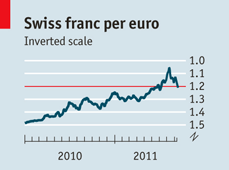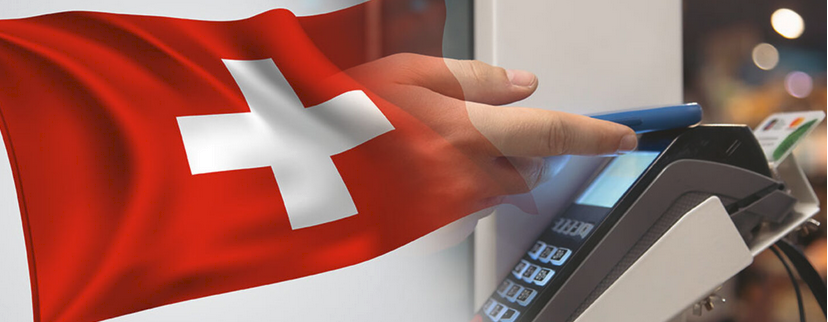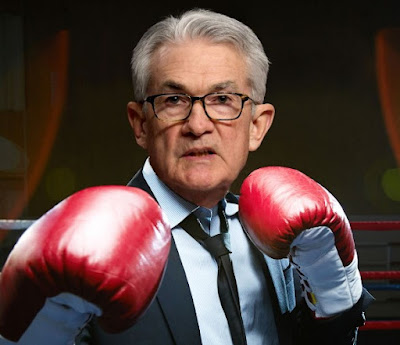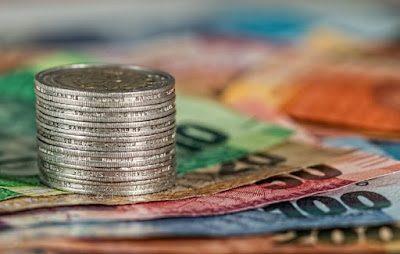| WHEN the going gets tough, the tough buy Swiss francs. That was true in the 1970s, when the Swiss were forced to impose negative interest rates on foreign depositors. And it has been true in recent years, with Switzerland’s currency rising by 43% against the euro between the start of 2010 and mid-August this year.
The Swiss National Bank (SNB) has decreed that it will target an exchange rate of SFr1.20 to the euro, a policy that it will apply with “the utmost determination” by being “prepared to purchase foreign exchange in unlimited quantities”. The announcement had its intended result, driving down the franc by 8.2% within minutes to the targeted level (see article ). Central banks have much greater scope to push down their currencies than they do to prop them up; whereas the Bank of England had to deplete its foreign-exchange reserves defending the pound in 1992, the Swiss can create francs without limit. This newspaper is not generally in favour of policies that distort markets, but the Swiss deserve some sympathy. More orthodox measures aimed at limiting the franc’s rise have proved ineffective. The Swiss currency has been an innocent bystander in a world where the euro zone’s politicians have failed to sort out their sovereign-debt crisis, America’s economic policy seems intent on spooking investors and the Japanese have intervened to hold down the value of the yen. The Swiss franc has looked like the only paper currency that could act as a safe haven; a kind of Alpine gold. |
Swiss frank per euro(see more posts on EUR/CHF, ) |
Our rough-and-ready Big Mac index calculated in July that the franc was as much as 98% overvalued against the dollar. This has been causing problems for Swiss companies: several have recently released profit warnings and some have talked about moving operations out of the country. This is definitely not a case of a country trying to steal a march on its trade competitors by holding its currency at an artificially cheap level.
Nevertheless, the Swiss policy has its dangers. If the SNB fails to hold the line at SFr1.20, it could end up with a huge hit to its balance-sheet; losses on previous rounds of intervention have sparked calls for the president’s resignation. Alternatively, “unlimited” intervention could eventually provoke inflation, although that still looks a distant prospect.
The Swiss action will also put pressure on its euro-zone neighbours. The Swiss will probably end up buying French and German government bonds; that may widen the spread between the yields of such countries and those of weaker European countries like Italy and Spain. Wider spreads may be taken as a signal of greater risk aversion, the phenomenon that sparked the strength of the Swiss franc in the first place.
Passing the parcel
Given sluggish domestic demand, most countries in the developed world would like to see their currencies depreciate. But the foreign-exchange markets are a zero-sum game: some currencies have to go up. The most obvious candidate, the Chinese yuan, is rising regrettably slowly. That puts pressure on market favourites like the Swiss franc and the yen. It is rather like a game of deflationary “pass the parcel” in which the loser is whoever gets landed with the strongest currency. The danger is that the countries which get left with the parcel may decide that foreign-exchange intervention is not enough and resort to trade barriers instead. In the 1930s countries opted for tariffs not just “beggar-thy-neighbour” devaluations.
Though understandable, then, the Swiss action is nonetheless regrettable. A globally co-ordinated round of monetary easing would be far better than a series of tit-for-tat measures that simply pass the buck (or franc).
Full story here Are you the author? Previous post See more for Next postTags: Big mac index,EUR/CHF,Swiss National Bank









































